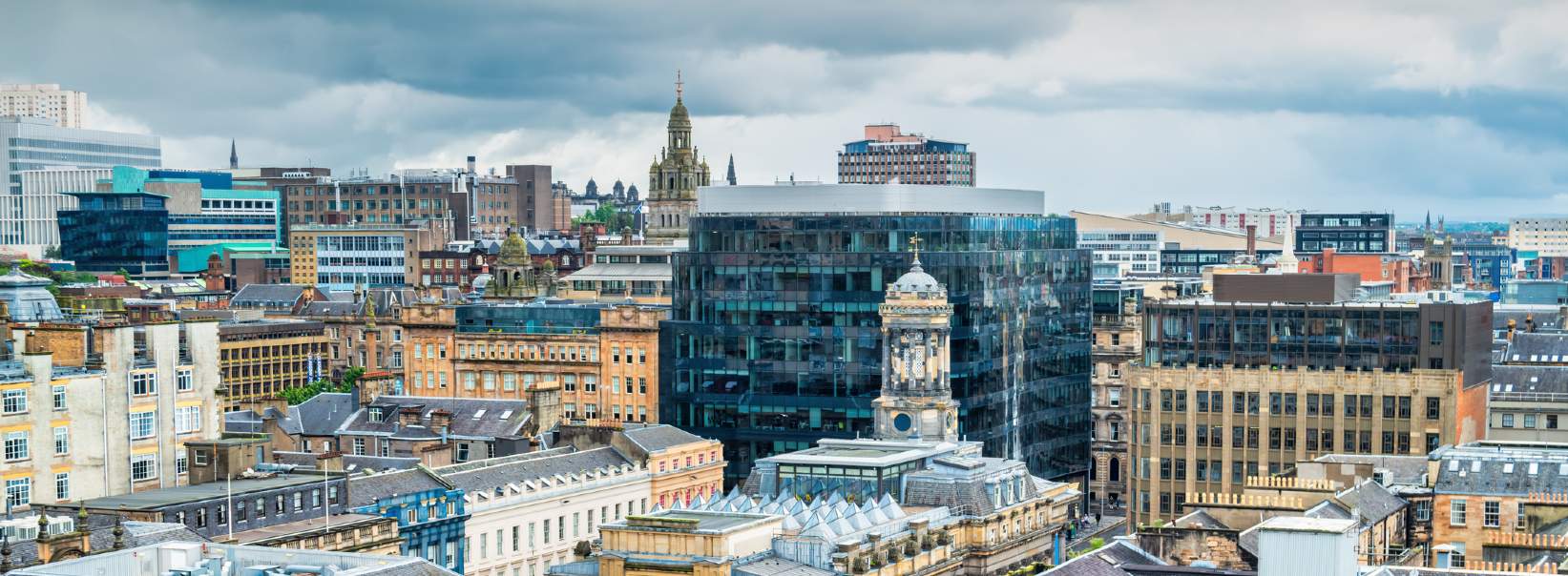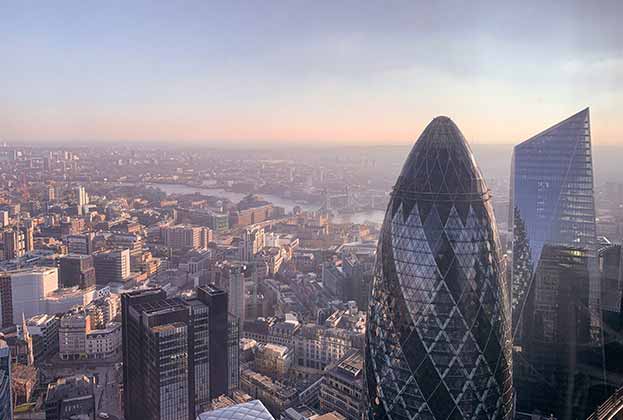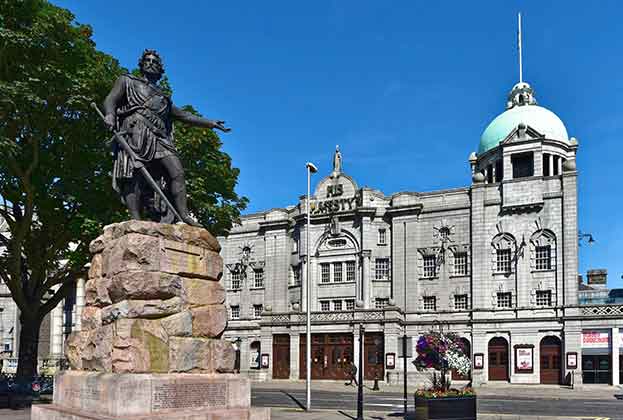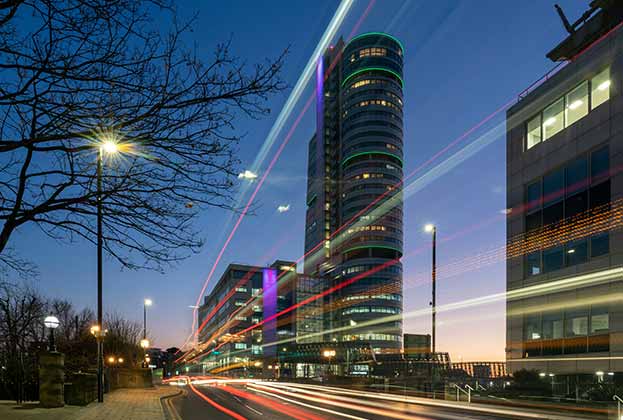Edinburgh and Glasgow have two of the lowest prime office supply levels in the Big 6 markets, based on average demand. So unsurprisingly, the choice for occupiers in these two city centres remains critically low, with both currently starved of well-located, high-quality offices that provide sustainable accommodation, along with good wellness facilities for staff.
Why old stock brings new opportunities
However, where there are challenges, there are also opportunities. Investors and developers now have an opportunity to create better spaces within the existing built environment in step with the new National Planning Framework 4 (NPF4). This was adopted by Scottish ministers on 13 February 2023 and has been produced to align with the declared climate emergency.
Development in Scotland is plan-led, and NPF4 will now form part of the statutory development plan, supported by Local Development Plans and associated guidance in each area. We are already seeing an impact on the commercial sector, whereby the new aims to tackle the climate crisis are resulting in a focus towards the reuse of existing buildings and the presumption against demolition. In fact, it is estimated that around 80 per cent of the buildings that will be standing in 2045 have already been built, so a major priority is decarbonising our existing stock in line with up-to-date legislative requirements.
A key principle within NPF4 is ‘Conserving and Recycling Assets’ with a focus on making productive use of existing buildings, places, infrastructure and services, locking in embedded carbon and minimising waste, and supporting Scotland’s transition to a circular economy. This ambition is expressed directly in Policy 9 with explicit support for the sustainable re-use of vacant and derelict buildings.
Unlocking green credentials
Verdant, in west Edinburgh, is a recently finished 70,000 sq ft refurbishment that has been effective in this area. The landlord, CEG, has prioritised the refurbishment of the building to significantly reduce the use of raw materials and, therefore, the embodied carbon produced by the project compared to a new development. Across the UK, they also seek to upgrade old equipment and include innovative technologies to help drive improvements to their energy efficiency and thus reduce the energy consumption and carbon footprint of their properties. CEG is continuing to improve the green credentials of its buildings through a number of national initiatives. It has moved to a 100 per cent renewable electricity tariff in order to minimise the environmental impact and encourage the renewable sector.
In Glasgow, Bruntwood SciTech’s new vision for the Grade B-listed Met Tower involves the sensitive re-use of the iconic vacant structure which will be transformed into a commercial hub where tech and digital university spin outs, start-ups, scale-ups and high-profile tech businesses can co-locate and benefit from being part of an innovative and collaborative tech cluster. This will be delivered through the sensitive refurbishment of the Met Tower and development of a new 10-storey office building. The buildings will be linked by a plaza which accommodates amenity spaces for both buildings.
The proposals represent a prominent example of the opportunities available to re-use and repurpose existing built assets to respond positively to the need for the construction industry, and wider society, to move towards a circular model. Development activity at Met Tower is expected to retain as much of the building’s existing fabric as possible, significantly reducing the embedded carbon impact of the re-development and ensuring Glasgow can evolve into a more carbon-conscious place.
Further information
Contact Clare Bailey or Hannah Belford

-impact-the-office-sector(1).jpg)

.jpg)






